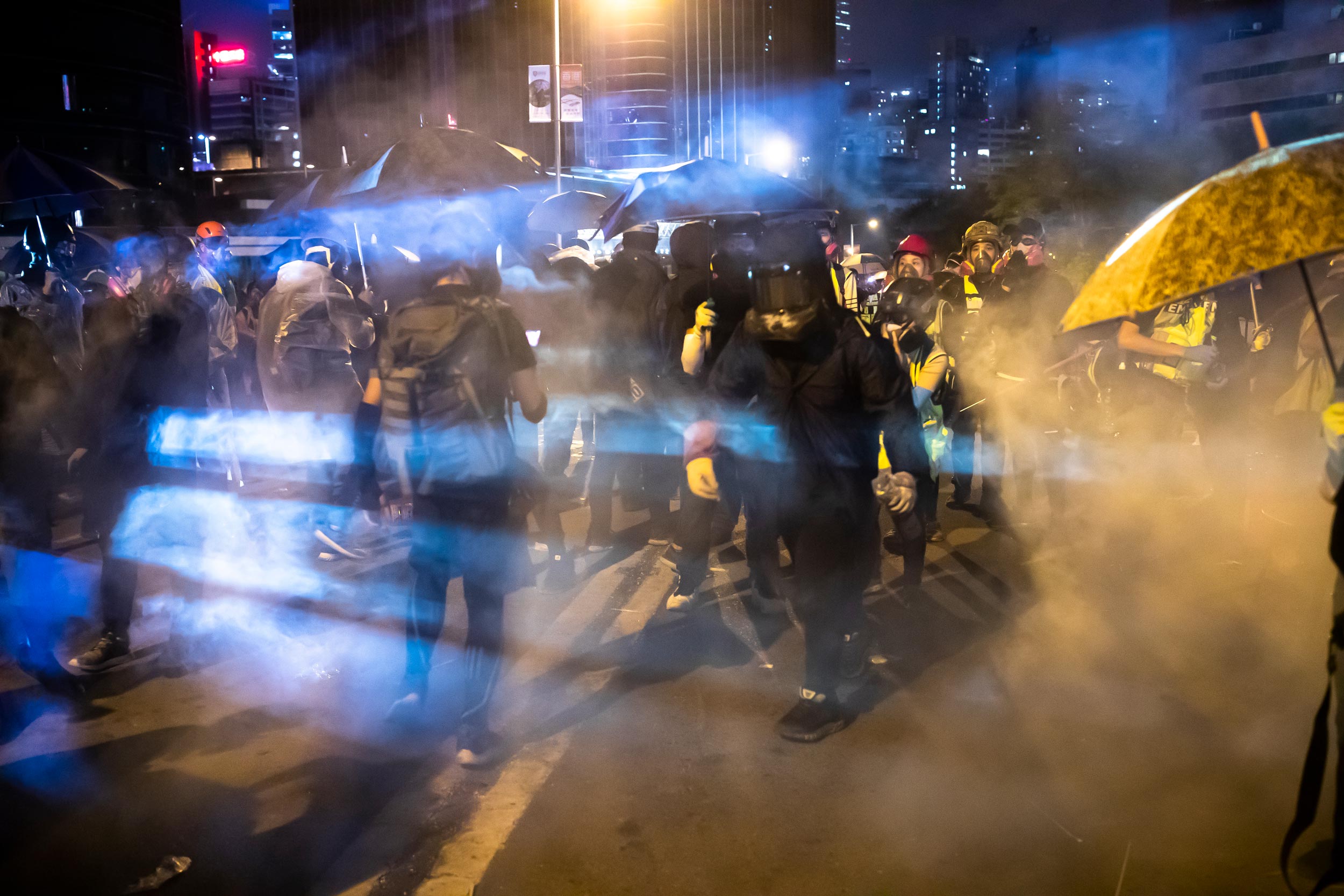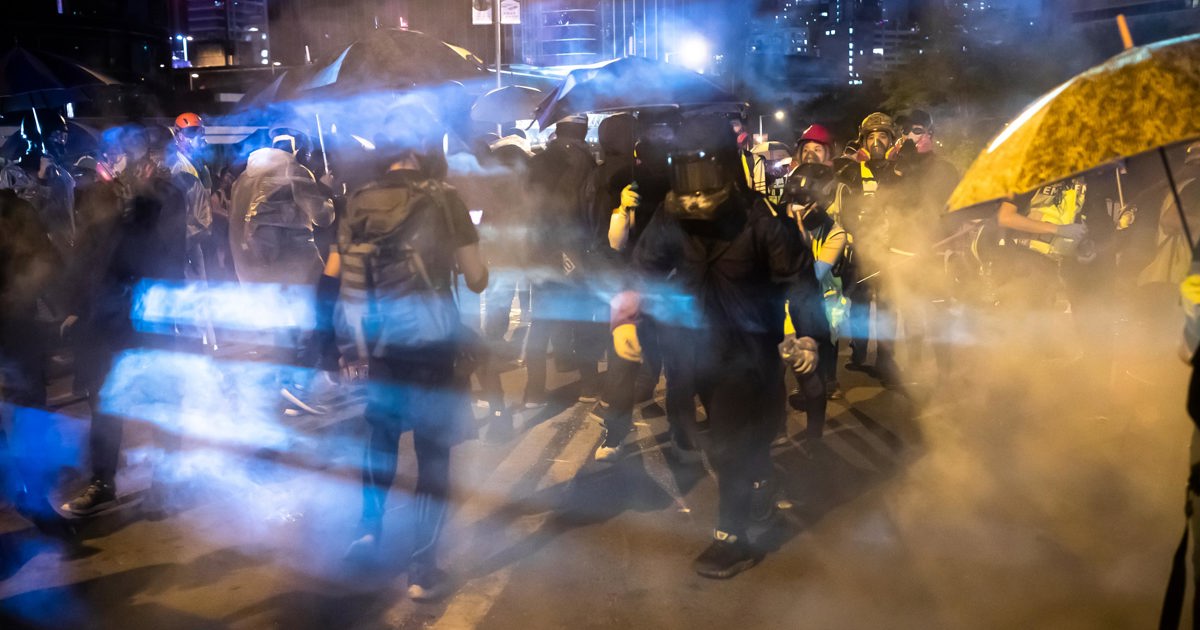Helsingin Sanomat is committed to complying with the Guidelines for Journalists. These guidelines support freedom of speech and define good journalistic practice in Finland. Anyone can file a complaint with the Council for Mass Media regarding the practices of the newspaper. In the event that the Council considers the newspaper to have violated the Guidelines for Journalists, the newspaper has committed to publishing the Council’s condemnatory decision.
In addition to this, Helsingin Sanomat has prepared its own Code of Conduct to support and guide its employees, going into more detail than the Guidelines for Journalists.
Laura Saarikoski, Managing Editor at Helsingin Sanomat, gives five examples of how the Guidelines for Journalists and HS’s own Code of Conduct are visible in day-to-day work at the editorial office.
1. Corrections
In accordance with section 20 of the Guidelines for Journalists, “essentially incorrect information must be corrected without delay and so as to reach, to the highest extent possible, the attention of those who have had access to the incorrect information”.
HS publishes corrections almost every day. Journalists are annoyed at errors, but corrections increase faith in the newspaper aiming for the truth and correcting incorrect information.
In the digital version, errors in an article are corrected in the text and a comment regarding when and which error was corrected is added to the end. Corrections to printed articles are published in a later printed newspaper.
Even though errors are not funny to the writers, they sometimes get the readers to laugh. HS has also published a book on the strangest and funniest corrections over the years.
If the matter in question is not an error, but supplementing information or another point of view, the reader can submit an opinion piece. On the other hand, if a private individual has reasonable grounds to feel that a news item has insulted them, they have the right to publish a response.
Sometimes readers would like to have old articles about them removed from HS’s website even if they contained no errors. Demands for the removal of articles are reviewed in accordance with the principles of the Council for Mass Media.
Content published online is history that should not be interfered with unless there are particularly weighty reasons to do so. Retroactive deletion of content is always subject to the decision of the editor-in-chief. Exceptional cases can apply to crimes committed in one’s youth, for example, which the editor-in-chief no longer considers appropriate to bring up.
2. Protection of sources
Exposing social injustice is at the core of journalism. This is only possible if people can trust that when they provides tips to journalists about grievances or unlawfulness, their identity will not be disclosed.
In accordance with section 14 of the Guideline for Journalists, “the journalist is entitled and duty bound to conceal the identity of any person who has provided confidential information by agreement with the source.” Therefore, the journalist must protect their sources as carefully as possible and allow them to appear anonymously in articles if disclosing the name would result in serious consequences to the source.
Source protection can be broken, i.e. the journalist can be forced to reveal the source, only in the case of very gross crimes. Here, the maximum penalty must be a minimum of six years’ imprisonment. Source protection can also be broken by a court order if the information has been disclosed in breach of a statutory confidentiality obligation.
Nevertheless, it is recommended that the journalist explains to the public why the source is anonymous and how the reliability of the anonymous source and information obtained has been verified. In accordance with section 12 of the Guidelines for Journalists, information sources must be approached critically. This is particularly important in disputed matters, because the information source can intend to benefit someone or cause harm.
In accordance with HS’s own Code of Conduct, the accuracy of information provided by information sources should be verified from several independent sources, if necessary. Efforts are taken to verify the accuracy of all information and genuineness of any documents in other ways as well. The more disputed, sensitive and significant the matter is, the higher the need for verifying the information from several sources.
Only this way can the editorial office make its decisions independently and evaluate whether the information leaked by the source is correct.
3. Interviewing minors
HS does not operate in a world with adults only. Minors also have the right to freedom of speech. HS wants the voices of children and young people to be heard in the newspaper and society.
At the same time, the journalists must consider that minors might not be capable of exercising judgement in all of their statements, and in the worst case, their statements can shed a bad light on them in front of their parents, friends or teachers, for example. In accordance with section 30 of the Guidelines for Journalists, journalists must exercise particular discretion when an issue concerns minors. In accordance with HS’s own Code of Conduct, children and young people should be allowed to speak for themselves in articles without putting words in their mouths. Even a young child must have an opportunity to talk about things in their own way. It is the task of the interviewer to ensure that the interviewee understands what the matter concerns. Parents’ consent must be obtained for interviewing and photographing small children. The editorial office has an age limit of 15 years for independent interviews. Young people who are 15 years of age or older can be interviewed and photos of them published in Helsingin Sanomat without the guardian’s specific consent. This could be compared to the age limit of criminal liability and the right to enter into an employment contract.
The guardian’s permission is therefore not necessary in the case of an ordinary interview that concerns, for example, the person’s opinions of their life or general social issues. The more significant or sensitive the issue is, the more mental maturity must be required from the interviewee. If doubts about this remain, the guardian’s consent should be obtained for the interview or publishing the photo.
4. Publication of names of those convicted of a crime
In accordance with section 31 of the Guidelines for Journalists, “the name, photograph or other identifying facts of a person convicted of a crime may be published, unless it is viewed as clearly excessive in terms of the position or action of that individual.” According to HS’s own practice, the name of a person convicted of a crime is published if the sentence is a minimum of 2 years. A person that has received such a long sentence is guilty of a serious crime.
It is possible to deviate downwards from the two-year rule in the case of a socially influential or public individual. For example, the name can be published when discussing criminal convictions of candidates running for the parliament or city council even if the sentence imposed on the candidate was short. HS’s editorial office considers that voters have the right to know what kind of people they are electing to wield significant power.
 HS does not usually publish photos of the victims of crimes or accidents for the sake of privacy and to protect its minor readers from shock. Photo: Kalle Koponen / HS
HS does not usually publish photos of the victims of crimes or accidents for the sake of privacy and to protect its minor readers from shock. Photo: Kalle Koponen / HS
5. Reporting accidents, deaths and suicides
Section 28 of the Guideline for Journalists specifies that “discretion must always be exercised when reporting on occurrences of illnesses or deaths or on victims of accidents or crimes.”
HS does not contact the family of the victim of a crime except for carefully considered exceptional cases or if the family offers to give an interview following serious consideration. HS does not usually publish photos of the victims of crimes or accidents for the sake of privacy and to protect its minor readers from shock.
HS also avoids covering suicides because international studies suggest that reporting suicides can accelerate the decision of those contemplating it. If HS discusses suicides, information about where to obtain professional help for suicidal people is included in the article. In the best of cases, this can save lives.
Author: Laura Saarikoski, Managing Editor at Helsingin Sanomat
The Guidelines for Journalists published by the Council for Mass Media are followed across all Sanoma media outlets. Read more about the Guidelines: The Guidelines for Journalists published by the Council for Mass Media
This article is part of a series on sustainable media. In accordance with Sanoma’s sustainability strategy, Sanoma is committed to we provide trusted Finnish journalism and inspiring entertainment, now and in the future.
Read all parts of the series:
How does Kodin Kuvalehti increase awareness, empathy and tolerance in practical editorial work?
Advertising material screening built by Sanoma strengthens sustainable marketing
Frequently Asked Questions on Sustainable Media
